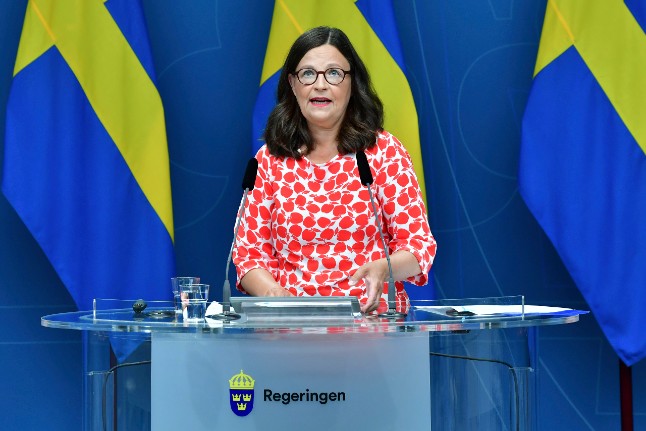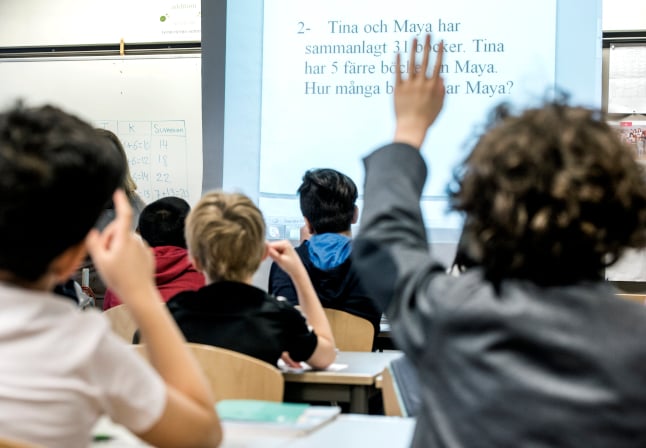“It is a shrinking market and it is key to try to keep as many students as possible. Some schools won’t survive,” said Anders Hultin, CEO of JB Education, Sweden’s next to largest free school concern, to Swedish business daily Dagens Industri (DI).
According to a report by the Swedish National Agency for Education (Skolverket), the number of high school students has fallen by 30,000 in three years and another 60,000 are predicted to disappear within the next two academic years.
Sweden’s free schools make up a quarter of the market and if the number of students keep falling as expected, free schools will lose some 16,000 students, which correlates to an the annual loss of around 1.6 billion kronor ($238 million).
And experts are saying that there is a clear trend showing that fewer students apply to the formerly very popular free schools today than in past years.
Signs of the changing fortunes for Sweden’s free schools began to emerge last spring, when fewer than half of Stockholm’s 120 free high schools had managed to fill half of the spots available, according to a May report by Sveriges Radio (SR).
Three of the Stockholm schools didn’t even have one student set to enroll for the autumn term.
In addition, no new free schools have started up in the last year and three existing schools were forced to close down, according to DI.
Despite schools have been aware of the decrease in students for some time, they are still struggling to adapt financially, due to long lease periods among other things.
Marcus Strömberg, the CEO of free school Academedia, believes that Sweden will see more schools go out of business over the next few years as the margins for free schools continue to shrink.
“Profit margins for free schools are at 6-8 percent. The margins have fallen by a few percent compared to two or three years ago,” Strömberg told DI.
TT/Rebecca Martin




 Please whitelist us to continue reading.
Please whitelist us to continue reading.
Member comments